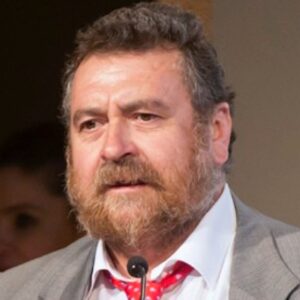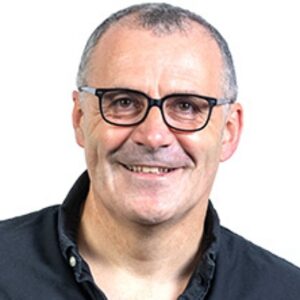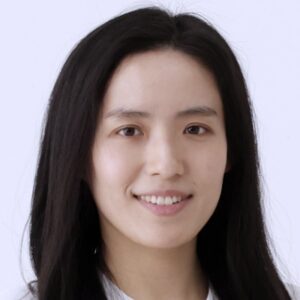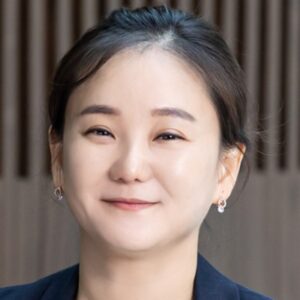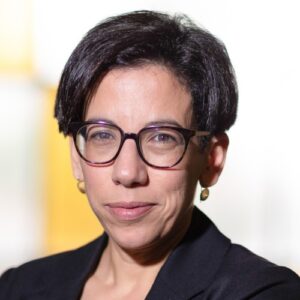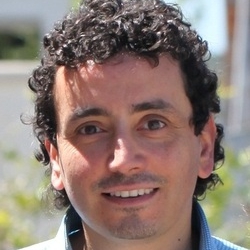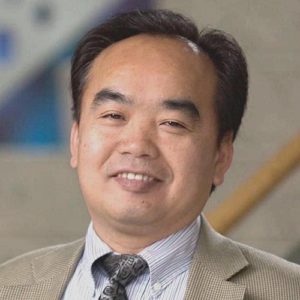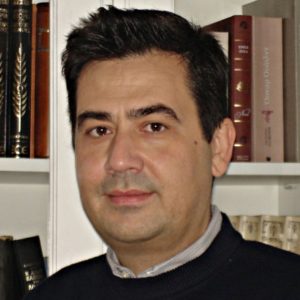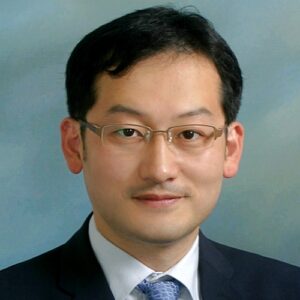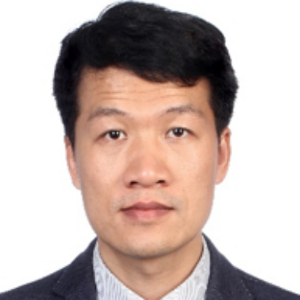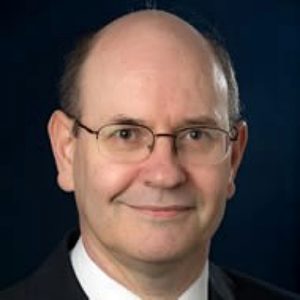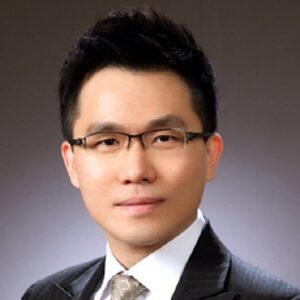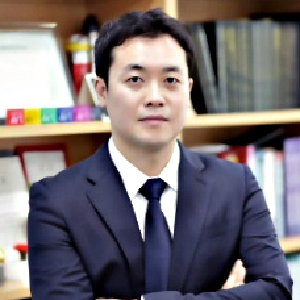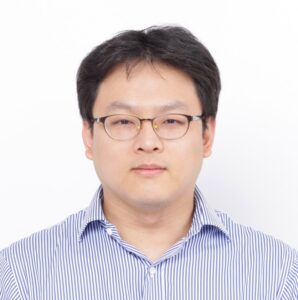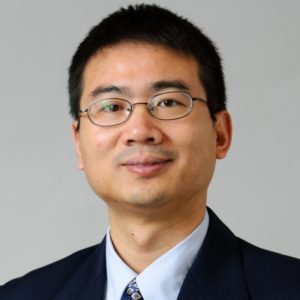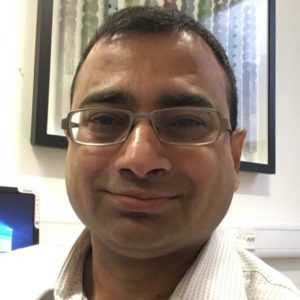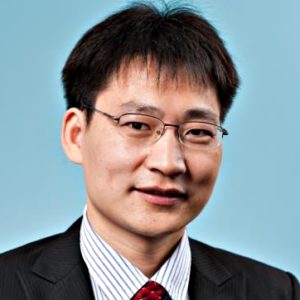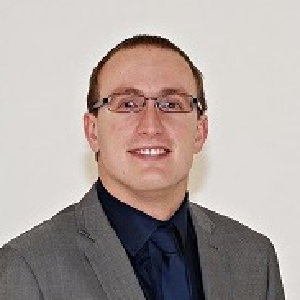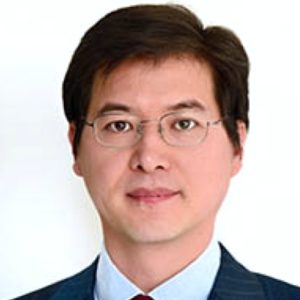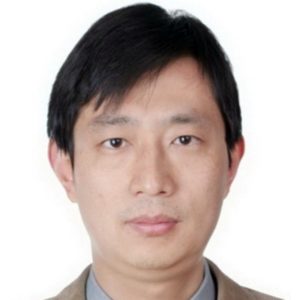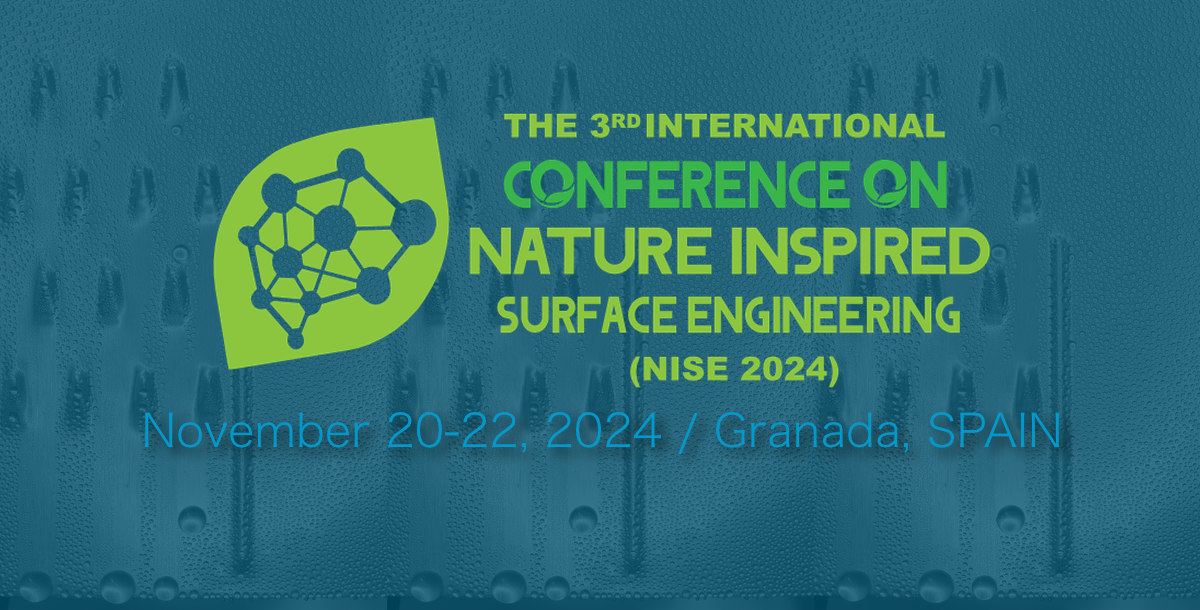



THE THIRD INTERNATIONAL CONFERENCE ON NATURE INSPIRED SURFACE ENGINEERING (NISE 2024)
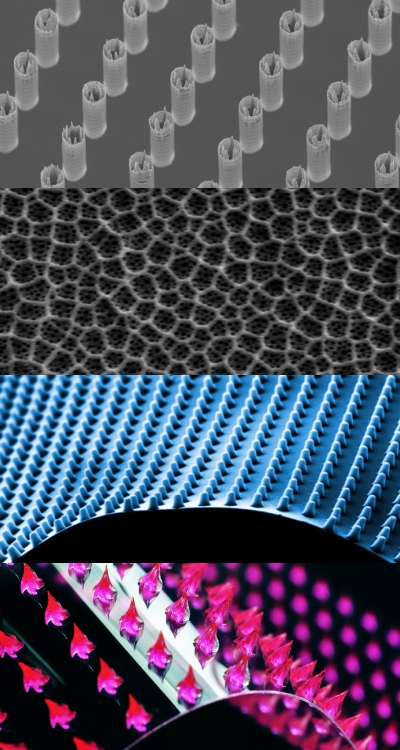
The Third International Conference on Nature Inspired Surface Engineering (NISE 2024), following the second one (click here to see the details of the past conference, NISE 2022), will be held on November 20-22, 2024 at the University of Granada, Granada, Spain. NISE 2024 will be hosted by the Faculty of Sciences and co-organized by the Laboratory of Surface and Interface Physics of the Department of Applied Physics.
Nature, such as plants, insects, and marine animals, shows unique surface properties in their components (e.g., leaves, wings, eyes, legs, and skins) for multiple purposes, such as water-repellency, anti-adhesion, and anti-reflection. Such multifunctional surface properties are attributed to three-dimensional and hierarchical surface structures with modulated surface chemistry and mechanical pliability. Over the last couple of decades, we have witnessed a significant advancement in the fundamental understanding of surface and interfacial phenomena of such multifunctional surfaces as well as the design, fabrication, and applications of those coatings/surfaces/materials. The NISE conference provides a means of reporting and sharing the latest developments in the nature-inspired surface engineering, encompassing physics, chemistry, biology, material science, and various engineering disciplines. Topics of interest include, but are not limited to:
- Fundamental understanding of surface and interface science and phenomena such as wetting, adhesion, adsorption, desorption, friction, (bio)tribology, wear, corrosion, biofouling, icing/deicing, phase changes, heat/energy transfer, electrochemistry, optics/photonics, etc.
- Material processing and fabrication techniques for functional surfaces including novel techniques such as 3D printing and self-assembly
- Surface modification and coating techniques for functional surfaces
- Machine Learning (ML) and Artificial Intelligence (AI) for surface engineering
- Hydro-, aero, ice-, and oleo-phobic/philic surfaces
- SLIPS (slippery liquid infused porous surfaces) and LIS (lubricant impregnated surfaces)
- Stimuli-responsive and adaptive materials and surfaces
- Self-healing/self-repairing materials and surfaces
- Surface engineering in energy applications
- Surface engineering in water-related applications
- Surface engineering in biomedical applications
- Surface engineering in optical and electrical applications
- Surface engineering in industrial applications
- Surface characterization and metrology
- Novel phenomena and applications of engineered surfaces/coatings
IMPORTANT DATES
Abstract Submission Deadline: April 15, 2024
Extended until May 15, 2024
Early Bird Registration Deadline: August 15, 2024
Regular Registration Deadline: September 15, 2024
ABSTRACT SUBMISSION
Please download and use the abstract template (click here) in Word file. Please follow the format and instruction presented in the template.
Please submit your abstract via AIS Conference Management Module (click here). You first need to sign up to create a user account (or just sign in if you already signed up and have an active user account) for the AIS Conference Management Module. When you sign up, you will see options at the end. Please choose “Author” as your role.
After you submit your abstract, you will receive a confirmation email from AIS. If you do not receive a confirmation email or if you have any difficulty in submitting your abstract, please feel free to contact AIS via email at [email protected].
If your abstract is accepted (the notification will be sent out via emails by the end of May), you can make payment for registration on the Payment and Registration Page (click here).
Abstracts will be published on the conference webpage in electronic format after the conference.
KEYNOTE SPEAKERS
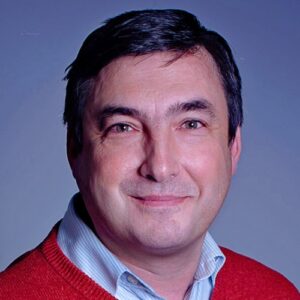
Functional Morphology and Biomechanics, University of Kiel, Germany
Stanislav Gorb is a group leader at the Zoological Institute of the University of Kiel, Germany. He received his PhD degree in zoology and entomology at the Schmalhausen Institute of Zoology of the Ukrainian Academy of Sciences in Kiev, Ukraine. Gorb was a postdoctoral researcher at the University of Vienna, Austria, a research assistant at University of Jena, a group leader at the Max Planck Institutes for Developmental Biology in Tübingen and for Metals Research in Stuttgart, Germany.
Gorb’s research focuses on morphology, structure, biomechanics, and evolution of surface-related functional systems in animals and plants, as well as the development of biologically inspired technological surfaces and systems. He received the Schlossmann Award (1995), Science Award of the Donors’ Association for the Promotion of Science in Germany (2005), International Forum Design Gold Award (2011); Materialica “Best of” Award (2011), Transfer-Price of Schleswig-Holstein (2011) and was the BioFuture Competition winner for his works on biological attachment devices (1998). Gorb has authored three books; more than 300 papers in peer-reviewed journals; and four patents. He is corresponding member of Academy of the Science and Literature Mainz (since 2010), Germany and member of the National Academy of Sciences Leopoldina, Germany (since 2011).
Dr. Gorb’s Keynote Title: From the fly foot to the snake skin: adhesive and frictional phenomena on animal surfaces (Click the title to download)
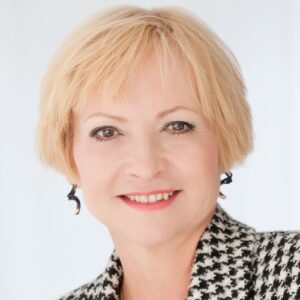
Dr. Elena P. Ivanova
Royal Melbourne Institute of Technology University, Melbourne, Australia
Elena P. Ivanova is Distinguished Professor at Royal Melbourne Institute of Technology University (Melbourne). Elena received her Doctor of Philosophy from the Institute of Microbiology and Virology, Ukraine, Doctor of Science from the Pacific Institute of Bio-organic Chemistry, Russian Federation, Juris Doctorate from the University of Melbourne and Graduate Diploma from the Law Institute, Victoria.
Professor Ivanova has worked as a Postdoctoral Fellow at the New Energy and Industrial Technology Development Organization (Japan), Visiting Researcher at the Center of Marine Biotechnology, University of Maryland (USA), Visiting Professor at Hokkaido University (Japan), Cambridge University (UK) and the Institut Charles, Sadron, CNRS (France). She joined Swinburne University of Technology, Australia in 2001, and moved to Royal Melbourne Institute of Technology (RMIT) University in 2018.
Professor Ivanova has been the recipient of AIST and JSPS Fellowships (Japan), a UNESCO Biotechnology Fellowship, a Research Excellence Award from the Governor of Primorye (Russia), the Prominent Young Doctor of Science Award from the Russian Federation, the Morrison Rogosa Award from the American Society for Microbiology (USA), a recipient of the Australian Museum Eureka Prize for Scientific Research.
Elena’s research is concentrated in the fundamental and applied fields of nanobiotechnology, with a focus on the design, fabrication and operation of planar micro-devices; immobilization of bio-molecules and micro-organisms in micro/nano/environments, bacterial interactions with macro/micro/nano-structured surfaces, biomaterials, biomimetic antimicrobial surfaces.
Dr. Ivanova’s Keynote Title: Shedding light on the interfaces of biomimetic nanostructured surfaces. (Click the title to download)

Dr. David Quéré
ESPCI-Paris
David Quéré obtained a Ph.D. from Université Pierre et Marie Curie, Paris and continued with a CNRS position, which successively lead him to the Physics Labs at Collège de France (until 2006) and to the Laboratoire de Physique et Mécanique des Milieux Hétérogènes at ESPCI (since). In 2006, he also became a Professor at École Polytechnique (Departments of Physics and Mechanics). He is engaged in experimental research in Soft Matter Physics and Fluid Mechanics, with a strong interest in interfacial hydrodynamics (drops, films, bubbles, coating, wicking) as well as in aerodynamics, morphogenesis and biomimetics, all topics on which he coworked with about 35 PhD students. He is an associate editor at Physical Review Fluids and received the 2014 Silver Medal of CNRS and the 2021 Fluid Dynamics Prize at APS.
Dr. Quéré’s Keynote Title: How Small Creatures Exploit Capillarity (Click the title to download)
Registration and Conference Fees
Registrations fees do not cover accommodation or food. Participants have to arrange their own accommodation and meals.
However, tea, coffee and cookies will be served throughout the conference.
STUDENT
Regular: 450 USD
PHD / PROFESSOR / INDUSTRY
Regular: 650 USD
CONFERENCE PROGRAM SCHEDULE
The program schedule will be updated soon!
CONFERENCE CHAIR
Dr. Chang-Hwan Choi is a professor in the Department of Mechanical Engineering at the Stevens Institute of Technology. He acquired his BS (1995) and MS (1997) in Mechanical & Aerospace Engineering from Seoul National University in Korea. He also earned his MS in Fluids, Thermal, and Chemical Processes from Brown University in 2002. Dr. Choi received his PhD in Mechanical Engineering from the University of California at Los Angeles (UCLA) in 2006, specializing in MEMS/Nanotechnology and minoring in Fluid Mechanics and Biomedical Engineering. You may contact Dr. Choi at [email protected].
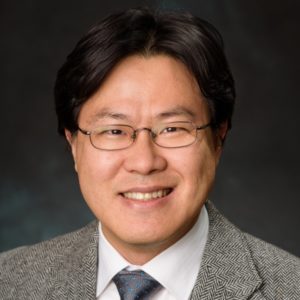
LOCAL ORGANIZING COMMITTEE

Chair of the Local Organizing Committee
Department of Applied Physics-Faculty of Sciences, University of Granada, Spain
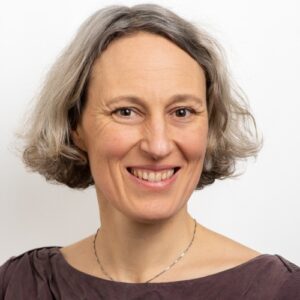
TECHNICAL COMMITTEE CHAIR
Dr. Anne-Marie Kietzig is a Professor in the Department of Chemical Engineering at McGill University, Canada. She teaches and carries out research at the Department of Chemical Engineering and acts as Associate Dean for Student Affairs in the Faculty of Engineering. She did her undergraduate studies of Chemical Engineering and Economy Studies at the Technical University of Berlin, Germany, where she graduated in 2006. She then earned her Ph.D. at the Department of Biological and Chemical Engineering at the University of British Columbia in Vancouver, Canada in 2010. Her research program focuses on biomimetic surface engineering and is built on two fundamental pillars: one being laser-material and the other being liquid-solid interactions. You may contact Dr. Kietzig at [email protected].
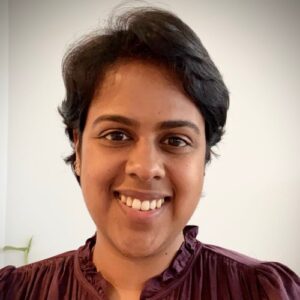
TECHNICAL COMMITTEE CO-CHAIR
Dr. Adya Karthikeyan joined the chemical and biological engineering department at uOttawa in September 2023. Her research vision is to democratize surface engineering (of different materials) on an industrial scale to reduce the carbon footprint of the manufacturing sector by enhancing process efficiency and cycling materials from cradle back to cradle.
Her expertise in surface engineering, energy transport, and biodegradable polymers was obtained through her Ph.D. (at McGill University) and postdoctoral fellowship (at Polytechnique, Montreal). This expertise is compounded by 8 years of industrial experience- 5 years as a nuclear power plant commissioning/ operation engineer (before Ph.D.) and 3 years as a materials expert in a global managerial position at Saint-Gobain (post-Ph.D.).
INVITED SPEAKERS
(in alphabetical order by last name)

University of Basel, Switzerland
Presentation Title: Functional surfaces by combining soft membranes with catalytic nanocapsules and biomolecules
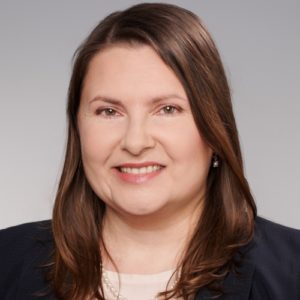
Bayerisches Polymerinstitut, Universität Bayreuth, Germany
Presentation Title: Functional Polymer Biointerfaces for Biosensors.
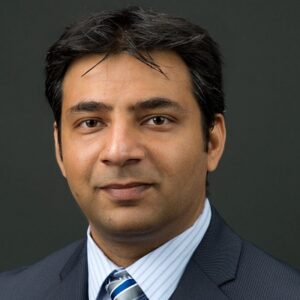
Mechanical & Industrial Engineering, University of Illinois Chicago, USA
Presentation Title: Cold Truths: Exploring Ice Formation and Adhesion on Surfaces
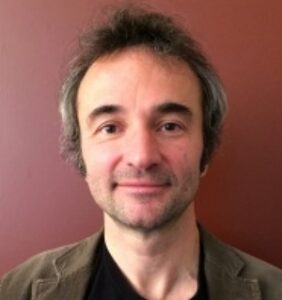
Université libre de Bruxelles, Belgium
Presentation Title: Enhanced Spreading on Superhydrophilic Textured Substrates

School of Polymer Science and Polymer Engineering, The University of Akron, USA
Presentation Title: Role of Water in Underwater Adhesion
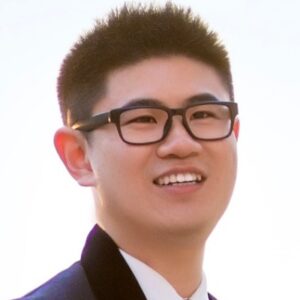
Technical Institute of Physical Chemistry, Chinese Academy of Sciences, China
Presentation Title: Biomimetic materials for liquid overflow control
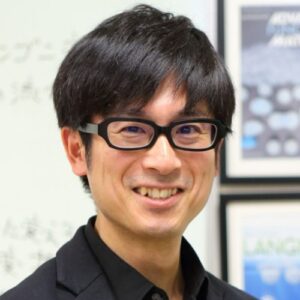
Osaka Institute of Technology, Japan
Presentation Title: Biomimetic materials based on particles adsorbed at air-water interface

College of Chemistry and Chemical Engineering, Xiamen University, China
Presentation Title: Bio-Inspired Multi-Scale Pores and Channels System

Research Institute for Electronic Science, Hokkaido University, Japan
Presentation Title: Stimuli-responsive Plasmonic Nanostructure for Surface Enhanced Raman Scattering

Department of Physics, Technical University of Denmark, Kgs. Lyngby, Denmark
Presentation Title: Fluid-structure interactions in plant vascular flows
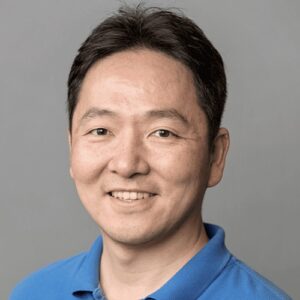
Department of Biological and Environmental Engineering,
Cornell University, USA
Presentation Title: Drop impact on biological and bio-inspired surfaces

Department of Chemistry, Queen’s University, Canada
Presentation Title: Transparent and Wear-Resistant Coatings for Self Cleaning and Ice Shedding

Department of Mechanical and Industrial Engineering, University of Illinois at Chicago, USA
Presentation Title: Surface Wettability Engineering: From Microfluidics to Thermal Management of Electronics

Waterloo Institute for Nanotechnology, University of Waterloo, Canada
Presentation Title: Magic at Interfaces
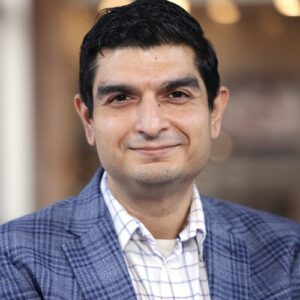
University of Michigan Ann Arbor, USA
Presentation Title: Novel Ice-Shedding Surfaces
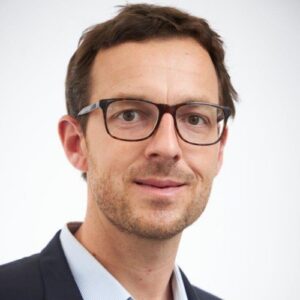
Institute of Particle Technology, Friedrich-Alexander-Universität Erlangen-Nürnberg, Germany
Presentation Title: Colloidal self-assembly as a tool to create functional surface patterns

University of Salzburg, Salzburg, Austria
Presentation Title: Growth and function of optical materials of insects

Department of Chemical Engineering, POSTECH, Korea
Presentation Title: Biodegradable Nanoparticles as Biomedical
Adhesives
TECHNICAL COMMITTEE
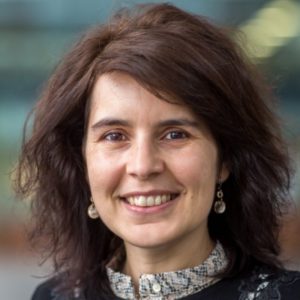
Department of Chemical Engineering and Chemistry, Eindhoven University of Technology, Netherlands
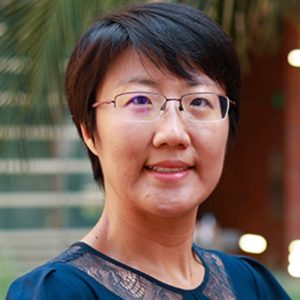
Department of Materials Science and Engineering, University of California, Los Angeles, USA

Department of Nature-Inspired Nanoconvergence Systems, Korea Institute of Machinery & Materials (KIMM), South Korea

Mechanical Engineering, King Abdullah University of Science and Technology, Saudi Arabia
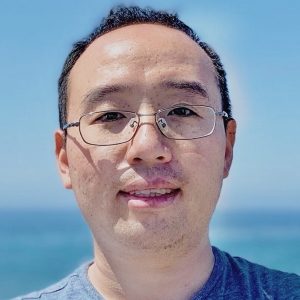
Institute of Fundamental and Frontier Sciences, University of Electronic Science and Technology of China, Chengdu, China
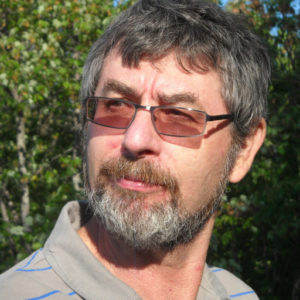
Department of Materials Science and Engineering, Michigan Technological University, USA
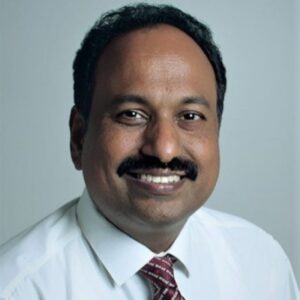
Department of Atomic and Molecular Physics, Manipal Academy of Higher Education, India

Faculty of Materials Science and Applied Chemistry, Riga Technical University, Latvia
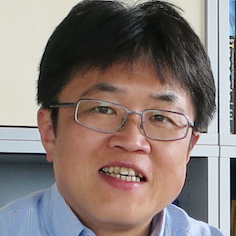
National Institute of Advanced Industrial Science and Technology (AIST), Nagoya, Japan
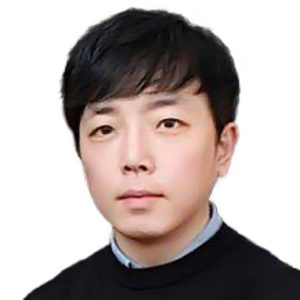
School of Mechanical, Aerospace and Nuclear Engineering, Ulsan National Institute of Science and Technology, S. Korea

Department of Mechanical and Industrial Engineering, University of Illinois at Chicago, USA
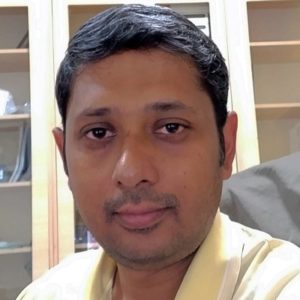
Centre for Nano Science and Engineering, Indian Institute of Science, Bangalore, India

Department of Chemical and Biomolecular Engineering, North Carolina State University, USA
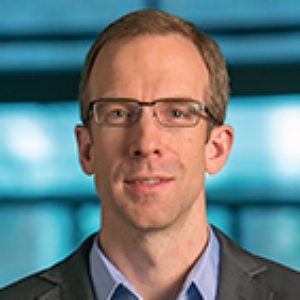
Department of Mechanical Engineering and Applied Mechanics, University of Pennsylvania, USA

School of Chemical Engineering and Materials Science, Chung-Ang University, South Korea
Co-Host Institution
Laboratory of Surface and Interface Physics, University of Granada
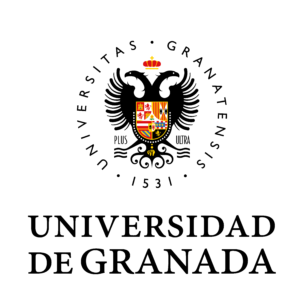
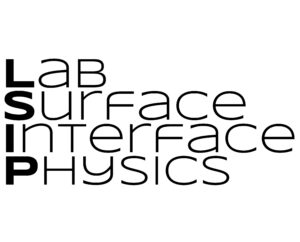
Partnering Journals
STUDENT AWARDS
The following journals are sponsoring four “Best Presentation Awards” for young investigators (Ph.D. students), each valued at 200 USD.
We extend our special thanks to MICROMACHINES for sponsoring two of these awards.
The awards will be presented to the best oral and poster presenters during the closing ceremony.
CONFERENCE MAILING LIST
If you have questions, please contact us at [email protected]. You may also contact conference chair Dr. Chang-Hwan Choi at [email protected].
Join our mailing list and receive conference updates. Please select “NISE Conferences” in the drop-down menu.
[mc4wp_form id=”3976″]
ADDITIONAL INFORMATION
Venue
NISE 2024 will be hosted by the Faculty of Sciences and co-organized by the Laboratory of Surface and Interface Physics of the Department of Applied Physics, the /b>University of Granada, Granada, Spain.
Spain Tourist Visa for Visitors
Do I Need to Apply for a Spanish Tourist Visa?
Hotel Information
Hotel Granada Center
Date: 20 – 22 november 2024, VAT included in PRICE
Double for single use per day: 120 € (Accommodation and buffet breakfast included)
Double per day: 130 € (Accommodation and buffet breakfast included)
Friday night supplement: 25 € (Accommodation and buffet breakfast included)
In order to confirm your reservation under the Conference rates, please visit the hotel’s registration page
And fill in the reservation form, introducing the promo code “FISICA” within the 4th box.
How to Get to
About University of Granada
The University of Granada is a public comprehensive research university founded in 1531.
The University of Granada has five urban campuses in the city of Granada, including the state-of-the-art Health Sciences Technology Park which uniquely combines teaching, research, knowledge transfer and healthcare; campuses in the two Spanish enclaves on the north coast of Africa, Ceuta and Melilla, and a virtual campus.
This situation reinforces our role as a bridge between Europe and North Africa, and also with Latin America, with which we have strong historical and cultural ties. Respect for the dignity of individuals, freedom of thought and expression, justice, equality, solidarity and eradication of discrimination are among the core values of the University of Granada.
As such, it is committed to widening access, inclusion and equality, and to working towards the UN’s Sustainable Development Goals.
About city of Granada
The grand, medieval Alhambra palace sets the tone in a historic city awash with traditions. But while one foot is in the past, the other is tapping out a modern beat: scratch the surface to discover hidden trails, markets and a youthful music scene. Read More
Granada, the city of the Nasrid legacy that looks to a scientific future Read More



